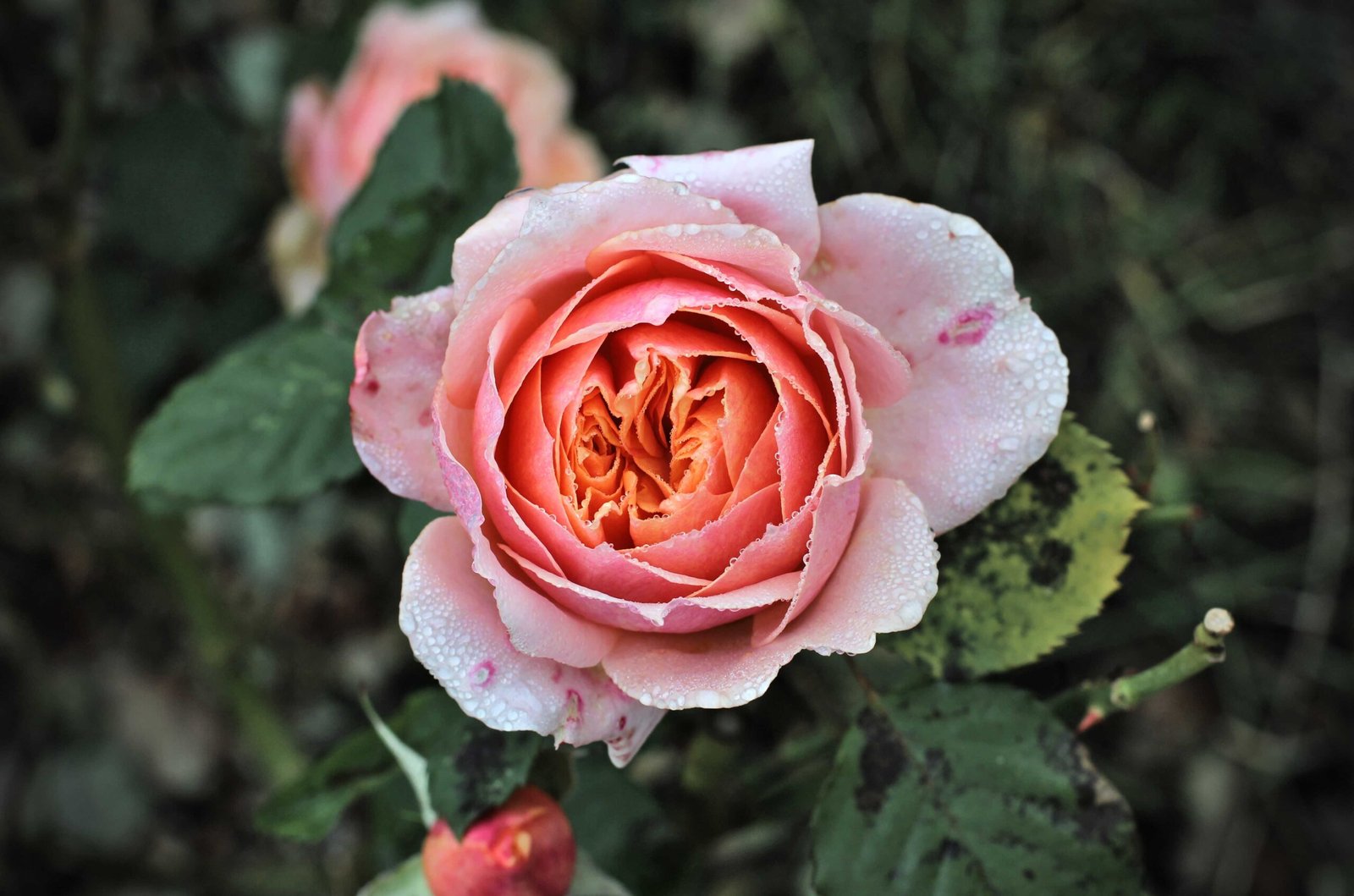Can a Rose Stem Grow Roots?

Yes, a rose stem can indeed grow roots, allowing you to propagate new rose plants from existing ones. The process of rooting a rose stem, also known as rose propagation, is a popular and rewarding gardening technique. By following the right steps and providing the necessary conditions, you can successfully root rose cuttings and grow new rose plants.
What Conditions are Needed for Rose Stem Rooting?

To successfully grow roots from a rose stem, several specific conditions need to be met:
Temperature
Ideal temperatures for taking rose cuttings are between 70 and 80°F (21 to 27°C), especially during the early morning hours.
Humidity
High humidity is crucial. Covering the cuttings with a clear plastic bag, a bell jar, or an overturned mason jar helps maintain the humidity and keep the soil moist but not soggy.
Light
Bright, indirect light is ideal. Direct sunlight, especially during hot afternoons, should be avoided. An east or north-facing location is often recommended.
Soil and Medium
A well-draining rooting medium is essential. A mix of equal parts coarse sand and perlite or vermiculite, or a 50/50 blend of potting soil and perlite, works well. This ensures the soil remains moist but drains well to prevent rot.
What are the Techniques and Methods for Rooting Rose Stems?
Step-by-Step Instructions
-
Selecting the Stem: Choose a stem that has just finished blooming. For softwood cuttings, select pencil-size stems below rose blooms that have dropped their petals. For semi-hardwood and hardwood cuttings, select stems accordingly based on the time of year.
-
Preparing the Cuttings: Cut the stem into 6- to 8-inch lengths, ensuring each cutting has four nodes (where leaves emerge. Cut at a 45-degree angle just above the first set of leaves at the top and the last set at the bottom.
-
Removing Leaves: Remove all leaves except one set at the top of each cutting to help the cutting root and to gauge its progress.
-
Using Rooting Hormone: Dip the bottom half of the cutting into rooting hormone, shaking off any excess. This increases the percentage of cuttings that root and the number of roots per cutting.
-
Planting the Cuttings: Make a planting hole 3 to 4 inches deep in the rooting medium. Insert the cutting so its bottom half and at least two nodes are covered, and firm the soil around it.
-
Maintaining Conditions: Keep the soil consistently moist but not soggy. Use a mini greenhouse or cover with a clear plastic bag to maintain high humidity. Water regularly, especially during the first few weeks.
-
Monitoring Progress: Roots typically develop within 10 to 14 days for softwood cuttings. Check for resistance when gently tugging on the cuttings to determine if roots have formed.
What Factors Influence the Success of Rose Stem Rooting?
Types of Rose Stems
- Heirloom vs. Hybrid: Old-fashioned heirloom types often root better than modern hybrids. However, success rates can vary widely among different varieties.
- Success Rates: In one experiment, old garden roses and miniature roses showed high success rates (up to 100% for some varieties), while others like the hybrid ‘Peggy T’ had a lower success rate (around 10%).
Time of Year
- Softwood Cuttings: Late spring and early summer are best for softwood cuttings.
- Semi-hardwood Cuttings: Late summer and early fall are best.
- Hardwood Cuttings: Late fall or early winter, though these are the slowest and most difficult to root.
What are the Common Challenges in Rooting Rose Stems?
Overwatering and Underwatering
Ensuring the soil is consistently moist but not soggy is critical. Overwatering can cause the cuttings to rot, while underwatering can prevent rooting.
Extreme Temperatures
Avoid taking cuttings during freezing weather or extremely hot conditions. In hot weather, keep the cuttings cool and hydrated until they are planted.
Lack of Humidity
High humidity is essential for rooting. Use covers or mini greenhouses to maintain the necessary humidity levels.
Failure Rates
Failure rates can be high if the conditions are not optimal. For example, one variety (‘Peggy T’) had a 10% success rate in an experiment, highlighting the variability in rooting success among different rose types.
By understanding the necessary conditions, following the proper techniques, and addressing common challenges, you can successfully root rose stems and propagate new rose plants to enjoy in your garden.
Reference:
[1] Bootstrap Farmer: How to Propagate Roses from Cuttings: The Best Way to Grow New Roses
[2] GardenTech: Reproduce and Grow Roses From Cuttings
[3] Aggie Horticulture: Rose Propagation by Dr. William C. Welch
[4] Missouri Botanical Garden: Propagating Roses
[5] The Spruce: How to Propagate Roses from Cuttings
